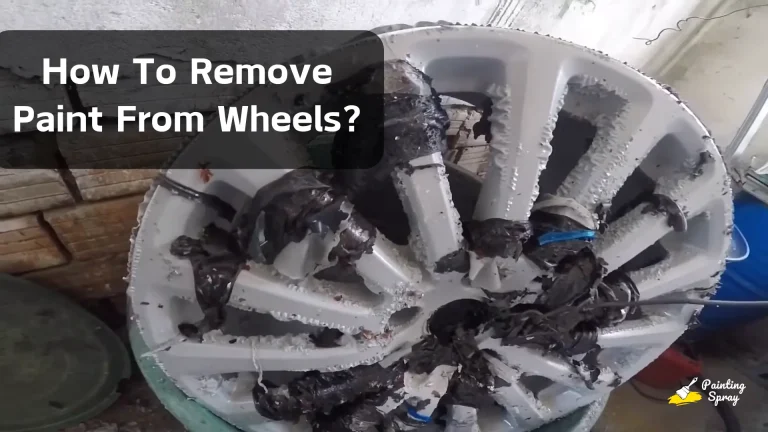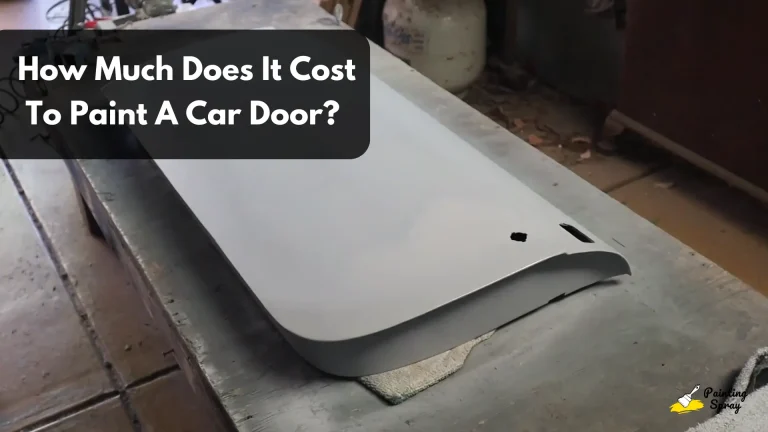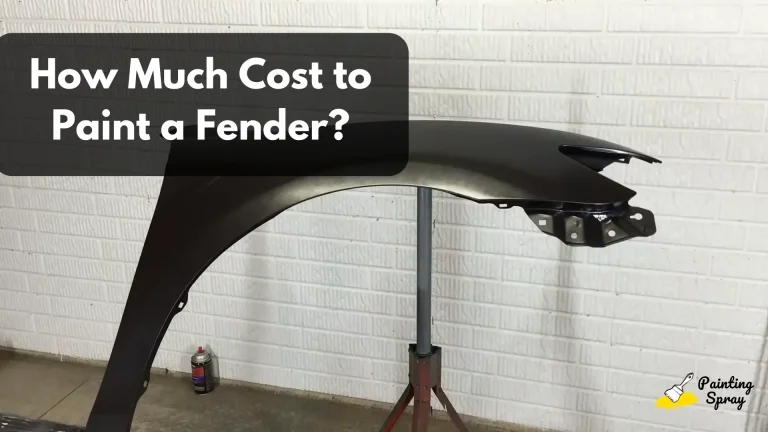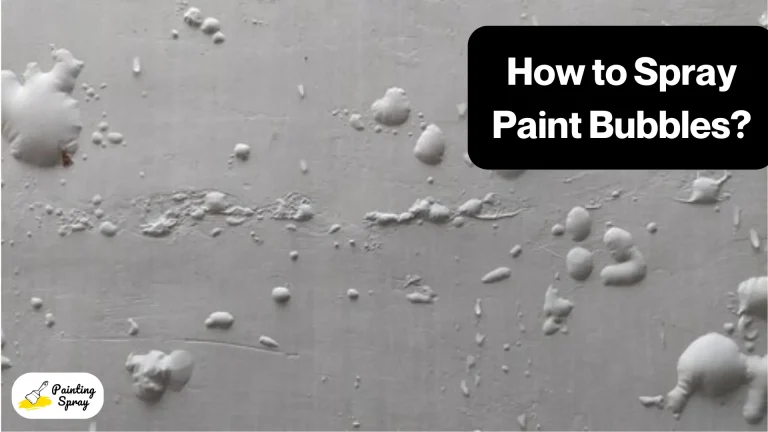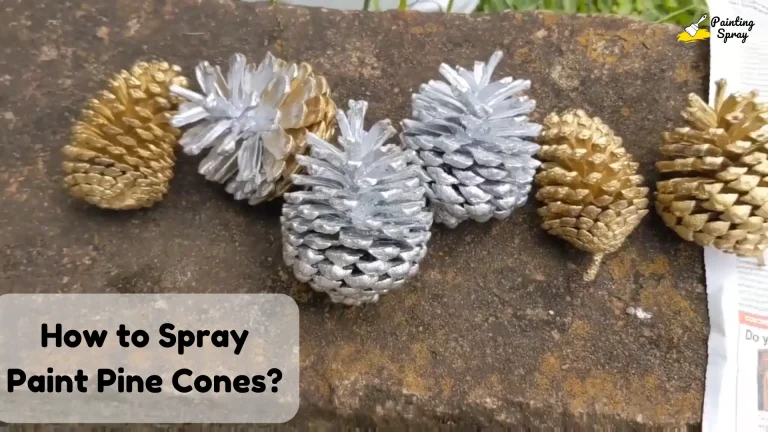How to Make a Spray Paint Tent: A Step-by-Step Guide for Optimal Results

Creating a spray paint tent is a smart way to control overspray and improve your painting projects.
By building your own DIY spray paint booth, you can ensure a cleaner workspace and protect your surroundings from unwanted paint splatters. It’s an easy and affordable solution for both small crafts and larger furniture pieces.
In this guide, you will learn how to design and construct your own spray paint tent with common materials.
Whether you use a camping tent or other simple supplies, setting up this space can make your painting experience more enjoyable and efficient.
For safety and quality, it’s important to consider ventilation and lighting while creating your booth.
Making a spray paint tent protects not only your projects but also your workspace from mess. Get ready to transform your DIY capabilities with a simple paint booth you can use again and again.
Key Takeaways
- A spray paint tent helps control overspray and keeps your workspace clean.
- Basic materials and good design are key to building your booth.
- Safety and maintenance will enhance the effectiveness of your spray painting.
Understanding the Basics of a Spray Paint Tent
Creating a spray paint tent is a smart move when working on projects that require spray painting. It helps contain overspray while providing a controlled environment.
Knowing the purpose and types of spray paint tents can guide you in making an effective booth for your projects.
The Purpose of a Spray Paint Tent
A spray paint tent is designed to contain and minimize overspray, which is the spray paint that drifts away from the target area. This overspray can create a mess and pose dangers to nearby surfaces and plants.
By using a tent, you protect your workspace and control the spray pattern better. It also helps contain fumes, improving ventilation safety.
Setting up a spray paint tent in a dedicated area gives you a controlled environment, allowing for precise application.
This is especially useful for furniture or larger items needing repeated coats. In essence, a spray paint tent makes your work more efficient and cleaner.
Types of Spray Paint Tents
There are several types of spray paint tents that you can consider. These include:
- DIY Spray Paint Booth: Made from basic materials like a camping tent and air filters, it’s cost-effective and customizable.
- Pop-up Tents: These are portable and can be easily set up or taken down. They often feature mesh sides for ventilation.
- Enclosed Tents: Equipped with multiple sides, these tents are ideal for larger projects, limiting exposure to elements like wind and dust.
Each type offers different benefits based on your needs. For simple crafts, a DIY booth works well. For bigger furniture projects, an enclosed tent may be better suited. Consider your workspace and project size when choosing the right tent.
Designing Your DIY Spray Paint Booth
Creating a spray paint booth requires careful planning and the right materials.
You’ll need to choose suitable supplies, determine the proper size, and ensure good ventilation. Each aspect plays a crucial role in your booth’s effectiveness.
Selecting the Right Materials
Choosing the right materials is key for your DIY spray paint booth. Start with a tent or a large plastic drop cloth to create the walls.
A tent offers portability, while plastic drop cloths can be easier to set up in various spaces.
For additional protection, use plastic sheeting to cover the ground. Make sure to use duct tape for securing seams and edges.
An exhaust fan is vital for removing fumes. It helps maintain air quality while you paint. Don’t forget to include safety gear like gloves and a respirator for personal protection.
Dimensions and Space Requirements
When designing your booth, the size must fit your projects. A typical booth should be at least 5 feet wide, 3 feet deep, and 5 feet tall. This size allows you to work comfortably while handling larger items.
Keep spacing in mind. Make sure to have enough room to maneuver your materials. If you plan to spray paint large furniture, adjust the dimensions accordingly.
If working indoors, place your booth near a window or a door for extra ventilation but ensure it’s still secure enough to avoid overspray.
Setting Up Ventilation and Exhaust
Good ventilation is crucial to your spray paint booth’s design. It helps to draw in fresh air while removing harmful fumes. Start by installing an exhaust fan at the rear of the booth.
Position it so it pushes air outside. You can create an outlet duct using flexible ducting to direct the airflow safely. Consider placing a filter at the fan to catch paint particles and minimize overspray.
To further enhance airflow, you can open a nearby window or door. This will ensure a steady flow of fresh air, making your painting experience safer and more efficient.
Construction Steps for Your Paint Booth
Building a spray paint tent requires careful planning and execution. You will need to assemble a sturdy frame, secure drop cloths, install a ventilation system, and mount lighting fixtures to create an efficient workspace.
Assembling the Frame
Begin by choosing a suitable area for your spray painting booth. Use PVC pipes or wooden boards to create a frame that fits the size of your desired booth.
- Measure and Cut: Use a drill to cut your pipes or boards to size. Ensure that your frame is tall enough to accommodate you and any projects you will be painting.
- Connect the Pieces: If using PVC, connect the pieces with elbow joints for stability. For wood, use screws and ensure all joints are tight.
- Secure the Frame: Place the frame in your chosen location. Use heavy objects or stakes to secure it firmly to the ground.
Securing the Drop Cloths
Next, choose a durable drop cloth, such as a canvas or plastic tarp, to cover the frame. This protects your surrounding area from overspray.
- Cut the Cloth: Measure the drop cloth to ensure it fits the dimensions of your frame. Leave some extra material at the bottom for securing.
- Attach the Cloth: Use clamps or heavy-duty tape to secure the cloth to the frame. Make sure there are no gaps where paint can escape.
- Seal Edges: For better protection, seal the bottom edge with weights or additional tape to prevent paint from getting underneath the cloth.
Installing the Ventilation System
Good ventilation is crucial for safety and reducing paint fumes. A box fan can effectively help with air circulation.
- Choose Your Fan: Select a box fan that suits the size of your booth. Position it at one end to draw in fresh air while exhausting fumes outside.
- Create Ducting: If needed, use flexible ducting to connect the fan to an exterior outlet or window. This helps direct fumes away from your work area.
- Test the Flow: Before starting your project, test the system to ensure that air flows smoothly and that fumes are effectively removed from the booth.
Mounting the Lighting Fixtures
Proper lighting ensures you can see your work clearly while painting.
- Select Your Lights: Use bright LED lights for a well-lit booth. Choose fixtures that won’t generate too much heat.
- Position the Lights: Mount the lights around the booth’s top edge. Ensure they face downwards and provide even illumination without shadows.
- Check for Safety: Make sure all electrical connections are secure and away from any paint or moisture to minimize risks.
By following these steps, you can create a functional and safe spray paint tent that enhances your painting projects.
Safety Precautions and Maintenance
When spray painting, taking safety precautions protects you from harmful chemicals and ensures a clean workspace. Maintaining your spray paint booth is key to both your safety and the quality of your work.
Personal Protective Equipment
Using the right personal protective equipment (PPE) is essential. Always wear a respirator to filter out harmful fumes.
Choose a mask designed for paint spray with organic vapor cartridges. This protects your lungs and helps you breathe easily.
You should also wear safety glasses to shield your eyes from paint splatters and overspray. Choose glasses that fit snugly and provide good coverage.
In addition to a respirator and glasses, wear gloves, preferably nitrile or latex, to protect your skin.
Long sleeves and pants can further prevent direct contact with paint. Together, this gear helps you stay safe while creating your projects.
Maintaining Your Spray Paint Booth
Proper maintenance keeps your spray booth effective and safe. Clean your booth regularly to prevent paint buildup. Use a damp cloth to wipe down surfaces and remove dust.
Check your air filters often. If they appear dirty or clogged, replace them to ensure good airflow and pollutant capture.
Make it a habit to inspect the booth for any damage. Look for tears in the fabric or loose seams. Repair any issues promptly to maintain the booth’s efficiency.
Finally, keep the area around your spray booth clean. Remove excess materials and any flammable items to reduce fire risks. A tidy workspace promotes safety and better results in your projects.
Frequently Asked Questions
Creating a spray paint tent can be an excellent way to manage your painting projects. Here are some common questions and answers to help you set up and use your spray paint tent effectively.


